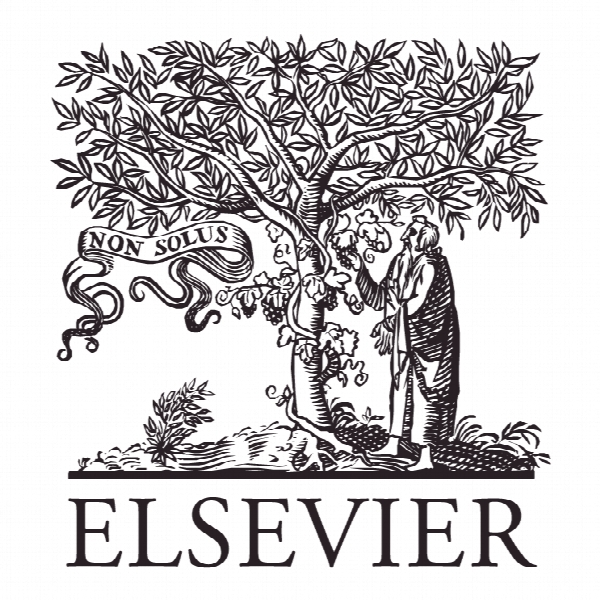یک رویکرد مبتنی بر ریسک اعمال شده بر پروژه های مهندسی سیستم: یک ابزار پشتیبانی تصمیم گیری چند معیاره جدید مبتنی بر یادگیری بر اساس الگوریتم کلونی مورچه A risk-based approach applied to system engineering projects: A new learning based multi-criteria decision support tool based on an Ant Colony Algorithm
- نوع فایل : کتاب
- زبان : انگلیسی
- ناشر : Elsevier
- چاپ و سال / کشور: 2018
توضیحات
رشته های مرتبط مدیریت، مهندسی کامپیوتر
گرایش های مرتبط مدیریت پروژه، الگوریتم ها و محاسبات، هوش مصنوعی
مجله کاربرد مهندسی هوش مصنوعی – Engineering Applications of Artificial Intelligence
دانشگاه INP-ENIT/LGP – University of Toulouse – Avenue d’Azereix – France
شناسه دیجیتال – doi https://doi.org/10.1016/j.engappai.2018.04.001
منتشر شده در نشریه الزویر
کلمات کلیدی انگلیسی Project management, System engineering, Uncertainty, Risk, MONACO, Decision support, Learning
گرایش های مرتبط مدیریت پروژه، الگوریتم ها و محاسبات، هوش مصنوعی
مجله کاربرد مهندسی هوش مصنوعی – Engineering Applications of Artificial Intelligence
دانشگاه INP-ENIT/LGP – University of Toulouse – Avenue d’Azereix – France
شناسه دیجیتال – doi https://doi.org/10.1016/j.engappai.2018.04.001
منتشر شده در نشریه الزویر
کلمات کلیدی انگلیسی Project management, System engineering, Uncertainty, Risk, MONACO, Decision support, Learning
Description
1. Introduction Whenever complexity exists, risks exist too. The difficulty to make concerted decisions between all the actors of a Project Management (PM) process and a System Engineering (SE) one increases the complexity of a SE project. For this purpose, an integrated process that takes into account the interactions between the PM and the SE sub-processes is a good way to make collaborative decisions and meet the customer needs by satisfying the different requirements and project objectives especially in terms of cost, duration and risk. Some previous works done in our research team have defined coupling points between a system design process and a project planning process (Coudert et al., 2011; Vareilles et al., 2015). These works have shown that both processes need to be controlled and executed in parallel with strong synchronization mechanisms which allow meeting the requirements of the customers. A centralized information model (represented by an oriented graph) is useful to consider all the decisions of these project actors about all the possible tasks and their associated project objectives values. Making good decisions among all these possible choices needs to select the optimized ones. In our work, the objectives to optimize are the global cost of the project, its total duration and the global risk associated to these criteria. Risks are defined in this work as uncertainty about project objectives and are considered in the preliminary steps of a project graph construction. Uncertainty is modeled by using intervals to take into account the negative risks’ impacts on tasks costs and durations. The idea is to provide to the decision makers a panel of Pareto-optimal solutions in order to select one good scenario to plan and then realize. The proposed integrated process includes a multi-criteria decision support tool based on a multi-objective optimization method. It allows the generation of Pareto-optimal scenarios from the resulting integrated project graph that encompasses all the design and the project alternative choices of a new system to conceive and realize. For this matter, the standard Ant Colony Optimization (ACO) meta-heuristic (Dorigo and Stützle, 2010; Stützle et al., 2011) was adopted and adapted to develop a multi-objective new ant colony algorithm based on a learning mechanism denoted as MONACO algorithm. The standard ACO algorithm performance is improved by a learning mechanism. That consists in modifying the standard probability formula used by every ant to reach a next node in the graph. It is modified taking into account the path that every ant has taken before the decision. The proposed learning mechanism learns from the past choices made by an ant in order to influence its future ones by changing dynamically the weights given to the three objectives (cost, duration, risk) in the probability formula of the MONACO algorithm. At the end of the algorithm, a Pareto-front is built and all the optimal scenarios are given to help the decision makers to select one scenario that has reasonable global values of cost, duration and risk. A related works section is given in the next part (Section 2) to contextualize the problematic with regards to other works and to justify the use of an Ant Colony Algorithm.


